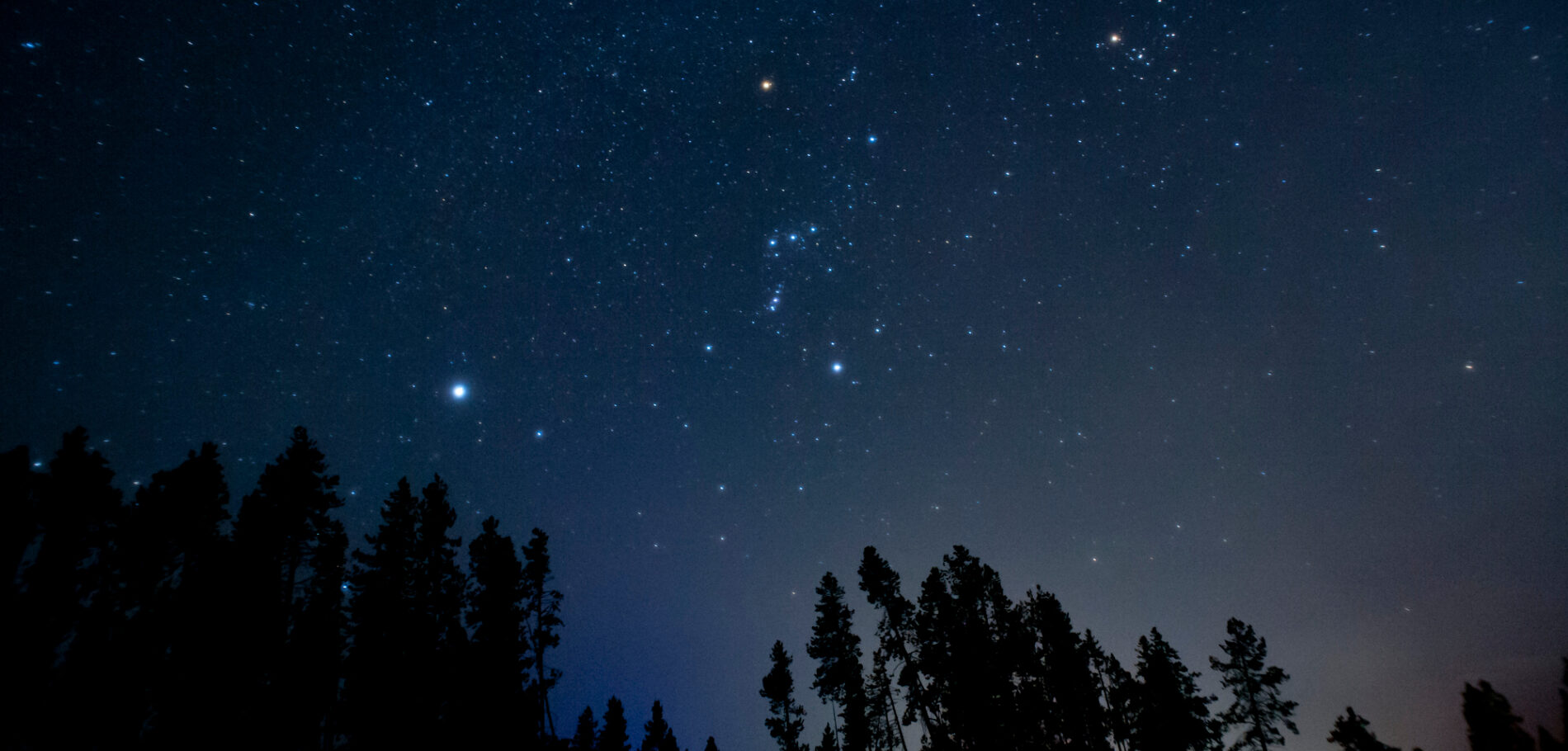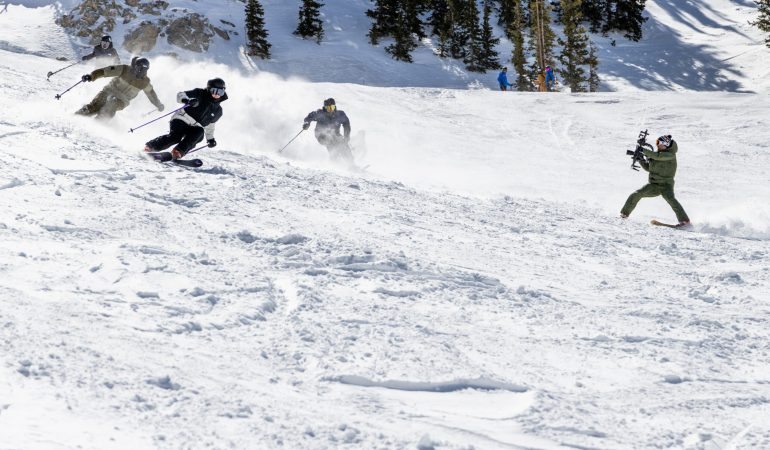Neanderthals made flutes from cave bear bones in what is now Slovenia 60,000 years ago. Which means that unlike fiction, music made by hominids predates civilization by at least 54,000 years, probably more.
But now we have A.I. generated music. To apply the Goldman Sachs razor to why that is, the first question should be: Who asked for that? Certainly not audiences of any type. Why would anyone ask for synthetic music? Now recall that making a product that nobody asked for is a bad business model. But despite that, A.I. “music” (without the muse) is being incorporated by low budget film and commercial producers who apparently don’t want to pay a human being for original work, no matter how much better it would make the end result.
This represents yet another fundamental misunderstanding of the power of music by people in tech. First, the streamers thought they could pay musicians pennies to distribute their work to new audiences, and they did, but music is not something merely to stream. Concerts are on the rise because ever since our cousins the Neanderthals carved those flutes, music has always been a shared medium. Like book clubs and film festivals, people are reclaiming a connection to live, original music as a shared human experience. Hominids with instruments are packing stadiums for what is still almost entirely an audible experience.
An algorithm can also never understand what you want to listen to or when. The algorithm doesn’t know that you have a bottle of red wine on the table, or that you are camping under desert stars, or that you’re about to run on a treadmill.
Given the time, we are our own best DJs. And when we don’t have time, we still want our music curated, not automated. That’s especially true in film where music is paired with cinematography and storyline to create an emotive response.
To me, the best use of established music in recent memory was in Quentin Tarrantino’s “Once Upon a Time in Hollywood.” Tarantino and his music supervisor Mary Ramos built the 30 song soundtrack. For the audience that lived through the ’70s, the music pulls out memories. For younger audiences it places the film in the same historical context as the costumes and cars.
And here’s the thing. I don’t want to listen to that soundtrack independent of the film. I mean, there are two Deep Purple tunes on that list and I haven’t liked Deep Purple since I was 11. But in film, even classic rock feels somehow fresh. The music and the story feed off each other.
As I’ve written about before, originally scored music elevates film by rising and falling with the action and storyline. I am not a musician so this is magic to me. And the “Dune” films are perhaps the best recent example of this magic. In excess of 50 artists and artistic technicians created the soundtrack under sound designers Mark Mangin (Dune Part One) and Richard King (Dune Part Two). Both artists are Oscar winners.
Imagine how horrible those films would have been if AI generated the score. It would sound like a pharmaceutical commercial or something that Red Lobster actually did as they were coming out of bankruptcy.
Just because technology allows you to do something doesn’t mean you should. Which reminds me of another example. Back when tablets were supposed to save magazine style publishing, a marketer on my team kept insisting that whenever we had winter stories we should animate them with falling snow like The New York Times had done exactly once to much acclaim.
We, of course, restrained ourselves.










